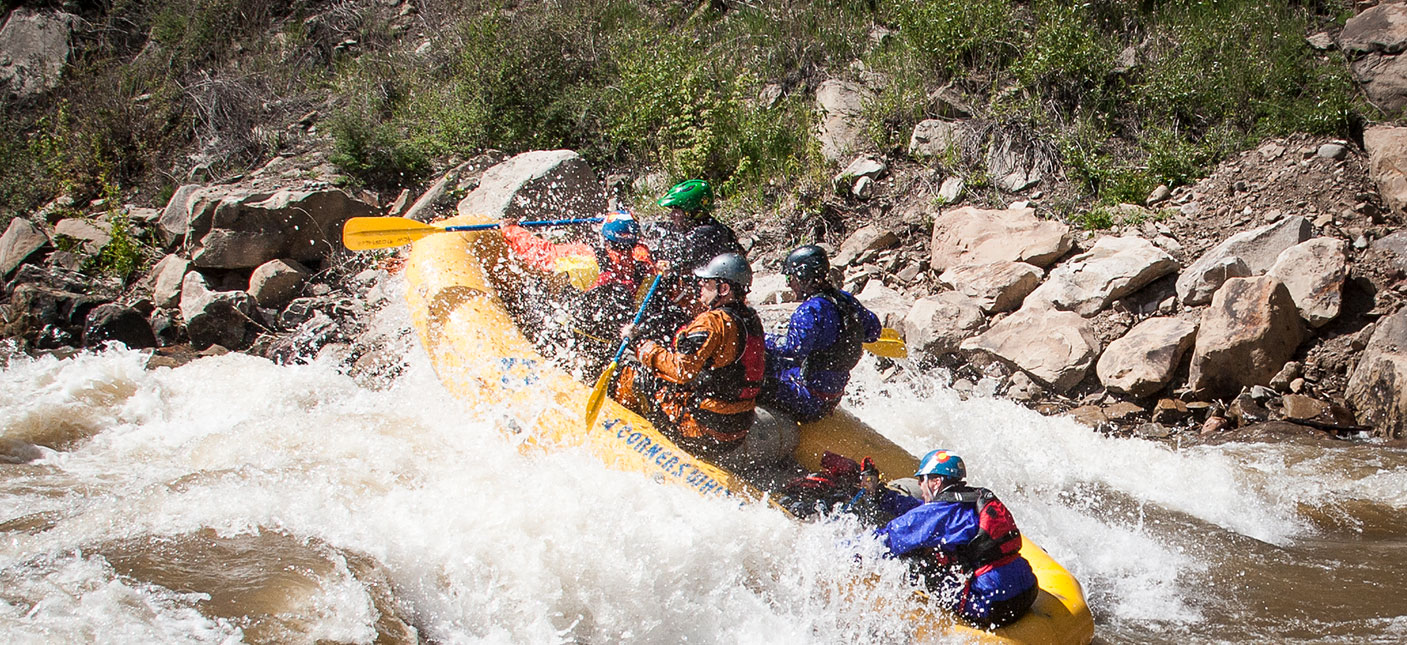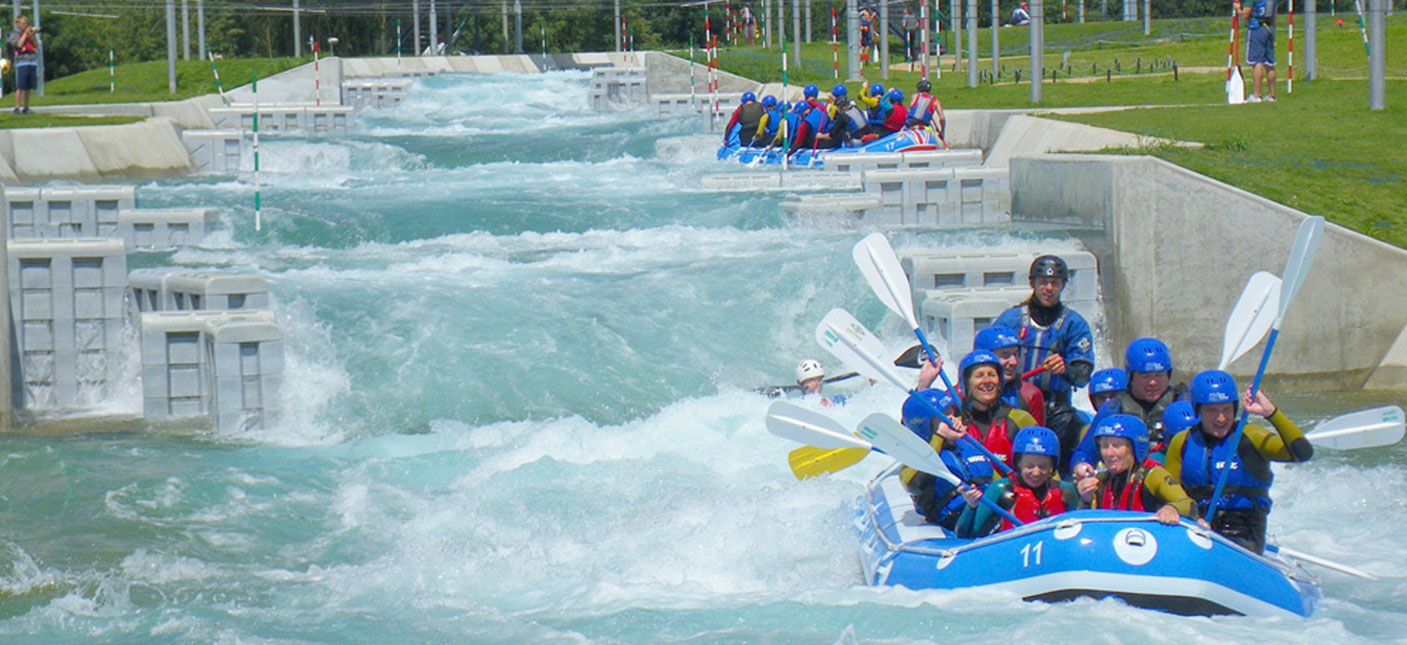Whitewater Parks Explained
Get to know the world of whitewater
No two whitewater parks are exactly alike, as each is a product of their environment and the unique ideas of those designing them.
Whitewater venues can be divided into two main categories: traditional or in-stream whitewater parks and pumped whitewater parks. The difference is mainly how the parks are designed and engineered, and both offer unique opportunities, experiences, and impacts.
Traditional In-Stream Parks

Traditional whitewater parks (often referred to as “Kayak Parks” or “Whitewater Kayak Parks”) are created using simple modifications to a natural river.
- These typically take the form of dam modifications, designed to allow for safe raft and kayak passage as well as recreational boating.
- This can also include in-stream modifications such as adding rock drop structures to an existing river, creating play-waves and turbulent whitewater.
Both types of traditional whitewater kayak parks are made with natural and native materials and plantings that are meant to mimic and restore the natural aquatic and riparian zone habitats. The result is a park that appears to be part of the natural environment. Most of the time, visitors to traditional whitewater parks are shocked to discover that these parks are man-made at all!
Community Impact
These traditional kayak parks are valued not only for the tremendous amount of river play that they provide but also for the economic impact that they bring to a community. Parks such as the Smelter Whitewater Park in Durango, CO and the Eagle River Park in Eagle, CO generate millions of dollars of economic impact every year.
As the parks themselves are free to use, these impacts are external and wide-ranging, seen through local businesses such as hotels, restaurants, gas stations, and grocery stores.
Pumped Whitewater Parks

Often referred to as “Whitewater Superparks”, pumped whitewater parks are a relatively new type of venue that provides dynamic outdoor attractions for groups, families, or solo adventurers. These parks create whitewater in a man-made channel using a pump station and custom-designed obstacles. This is typically the type of whitewater park used to host Olympic and World Championship events.
The parks are also highly unique and innovative.
- Few whitewater “Superparks” exist around the globe, and those that do are highly utilized attractions.
- While these parks are Olympic standard, they are visited by all types of community members and tourists, including both visiting novices and highly trained, top-level Olympic hopefuls.
Community Impact
S2O Design’s parks do more than provide recreation, they also result in positive impacts for the community. Our parks can deliver up to 20% return on investment and can pay for themselves in as little as 6 years. Some parks are designed to host hundreds of thousands of commercial rafters per year, often hosting more than 2,000 rafters in a single day!
Plus, they’re not just for kayakers seekings thrills – our parks also prove to be exciting attractions for non-boaters. Often 5-10 people per rafter visit to watch, stroll, eat, relax, and shop. Operations typically include “dry-side” amenities for these visitors, which can number upwards of a million people per year, including restaurant and retail as well as alternate activities such as hiking and biking trails, zip lines, challenge courses, and areas for kids.

